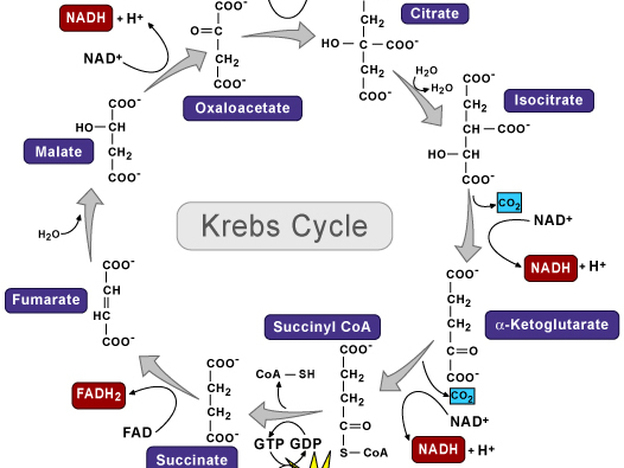We’ve reached “El Cuco” of High School Bio. Cellular Respiration–especially the stage that follows Glycolysis: Aerobic Respiration, in which chemiosmosis and the ETC (Electron Transport Chain) play a very important role–is a very complex set of biochemical reactions. In order to make energy from glucose, a lot has to happen; and all of this can be quite overwhelming:
The Krebs cycle can be tedious, difficult and boring; and I am well aware that my efforts on this blog do not guarantee that we will have a blast discussing this biohemical pathway. But I want to share this music video (via The Rhymebosome); maybe somethings about the Krebs cycle can actually be worthwhile:
Their best intentions are clear but a mouthful of complex words remains inevitable. Fortunately, Pulitzer Prize science writer, Jonathan Weiner, comes to the rescue with these two parragraphs (via npr.org):
To power all of its molecular machinery … each cell contains anywhere from a few hundred to a few thousand mitochondria. And every one of those mitochondria contains a large collection of rotary motors. With every breath you take, you set off a long series of actions and chemical reactions that make those rotary motors spin around and around in every living cell of your body like zillions of turbines, windmill vanes, or airplane propellers. These rotary motors turn out a concentrated energy food, an energy-rich molecule called adenosine triphosphate, or ATP.
And this ATP, more than any other molecule in the cellular inventory, makes all the rest of the machines go. This is the fuel of all our mortal engines. Without ATP it would be useless for us to breathe in air, to drink and to eat. Without ATP, even the smallest piece of action in our bodies would slow down and stop.


You must be logged in to post a comment.